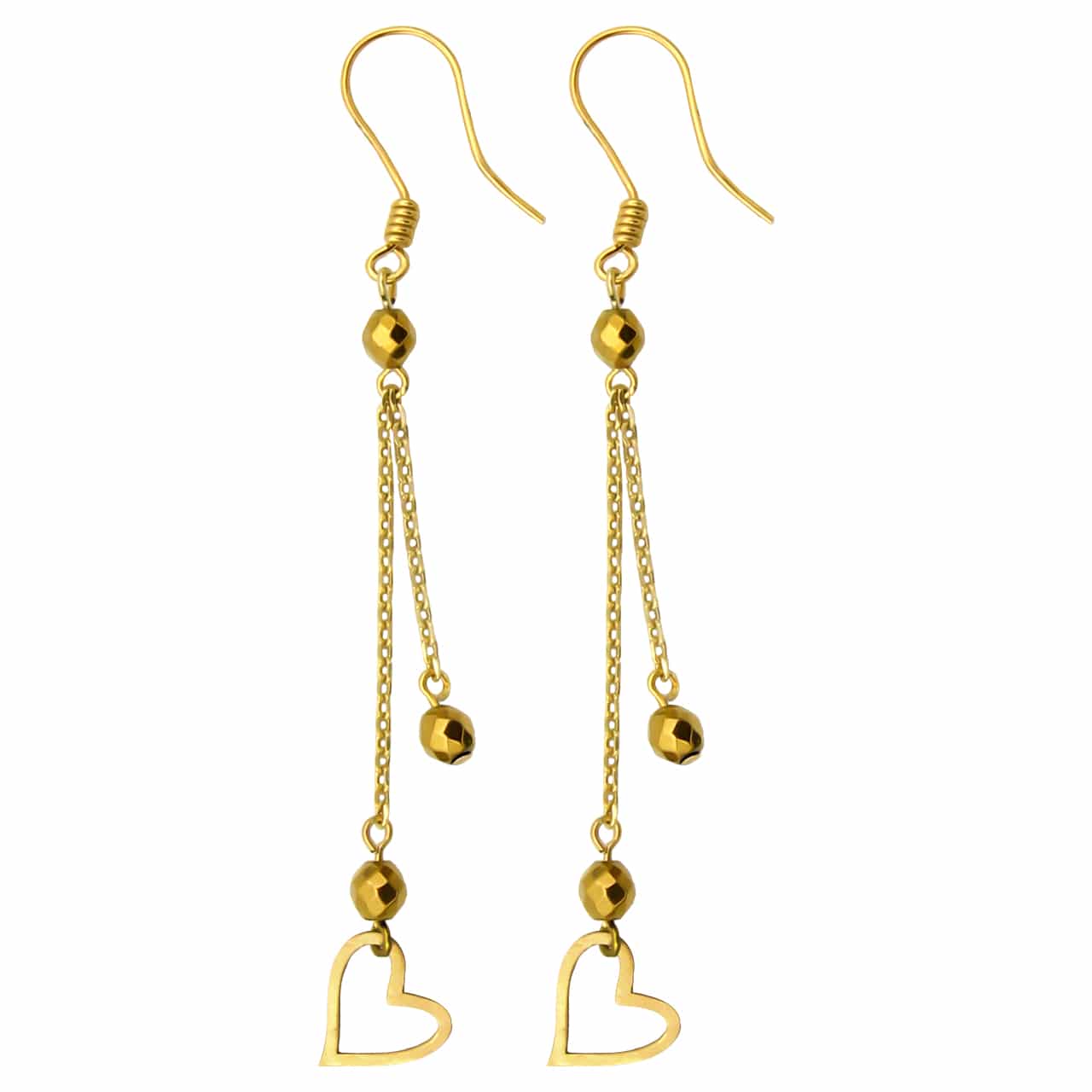The Eye of Horus stands as a timeless emblem, merging ancient Egyptian cosmology with enduring spiritual principles. Far more than a relic of myth, it embodies protection, healing, and cosmic balance—principles that continue to resonate in modern visual culture. Rooted in a worldview where life, death, and rebirth intertwine, the Eye symbolizes not just divine insight but the restoration of wholeness, a concept as vital today as it was in the Nile Valley millennia ago.
The Core Symbolism: Wisdom Beyond Time
Central to Egyptian thought, the Eye of Horus represents divine knowledge and the restoration of balance. Horus, the sky god, loses and regains his eye in mythological trials, each stage symbolizing the healing of brokenness and the pursuit of inner harmony. This mythological journey maps onto universal human experiences—struggle, transformation, and awakening. The Eye thus acts as a *conduit of ancient wisdom*, reminding us that insight emerges through adversity and renewal.
The Columns of Eternity: Papyrus, Lotus, and Palm
Visually, the Eye is framed by motifs drawn from Egypt’s natural world: the papyrus plant, symbol of Upper Egypt and rebirth; the lotus, rising from Nile mud into bloom, representing spiritual awakening; and the palm column, evoking strength and endurance. These elements are not decorative—they encode a profound truth: knowledge preserved through time endures like papyrus in arid climates, surviving over 3,000 years. This physical resilience mirrors the timeless wisdom embedded in the Eye’s symbolism.
Understanding these foundations helps explain why the Eye remains relevant—not just as a sacred icon, but as a powerful metaphor for personal and collective growth.
The 12-Stage Night Journey: A Journey Within
One of the most compelling layers of the Eye’s meaning is its connection to Horus’s 12-hour night journey through the underworld. Each hour reflects a stage of transformation: confronting shadow, overcoming trials, and emerging renewed. Modern psychology recognizes this journey as a powerful metaphor for psychological healing—embracing vulnerability, facing inner challenges, and achieving spiritual ascension. The Eye’s 12 segments thus become a visual map of inner growth, accessible across cultures and eras.
The Eye Today: Living Symbol in Contemporary Culture
In today’s world, the Eye of Horus transcends religious boundaries, appearing in tattoos, jewelry, and digital art. Designers often integrate its iconic columns and papyrus motifs to convey protection, insight, and balance. A striking example is the popular search eye of horus no deposit, where users explore immersive experiences rooted in ancient symbolism. This adaptation proves the Eye’s enduring power—not as a static artifact, but as a living blueprint for human wholeness.
Patterns of Wholeness: The Eye as Universal Map
What makes the Eye of Horus so universally resonant is its alignment with recurring human patterns. Across cultures, numerological cycles—like 12 stages—map inner journeys, while symbolic columns represent life’s elements: water, earth, air, and fire. This universal language reveals the Eye not as an Egyptian relic alone, but as a **blueprint for healing the self**, echoing principles found in mindfulness, therapy, and personal transformation. Its design invites us to restore unity from fragmentation—a timeless pursuit, visible in every era and every creative expression.
Conclusion: The Eye as Bridge Between Past and Present
The Eye of Horus endures because it speaks to the deepest human need: to find meaning in struggle and hope in renewal. Its columns, papyrus, and 12 stages are not just ancient markers—they are charts for inner awakening. From sacred temples to modern tattoos, the Eye continues to guide us, reminding us that wisdom, like the Nile’s waters, flows eternally. For those seeking to integrate ancient insight into daily life, the Eye offers a powerful symbol of balance, protection, and boundless renewal.
| Section | Key Insight |
|---|---|
| The Eye as a Symbol of Protection and Healing | Rooted in Egyptian mythology, it embodies restoration and resilience through divine insight |
| 12 Stages of Transformation | Mirror personal growth, spiritual awakening, and trials of healing |
| Materials and Temporal Foundations | Papyrus’s 3,000-year endurance symbolizes the timelessness of encoded wisdom |
| Material and Temporal Foundations (continued) | Lotus, papyrus, and palm reflect Nile ecology and spiritual ideals of eternal life |
| The Night Journey: A Journey Within | 12-hour path through the underworld as metaphor for healing and ascension |
| The Eye Today: Modern Integration | Reinterpreted in tattoos, jewelry, and digital art to convey protection and insight |
| Universal Patterns of Wholeness | Shared symbolic motifs across cultures reveal universal human journeys |






